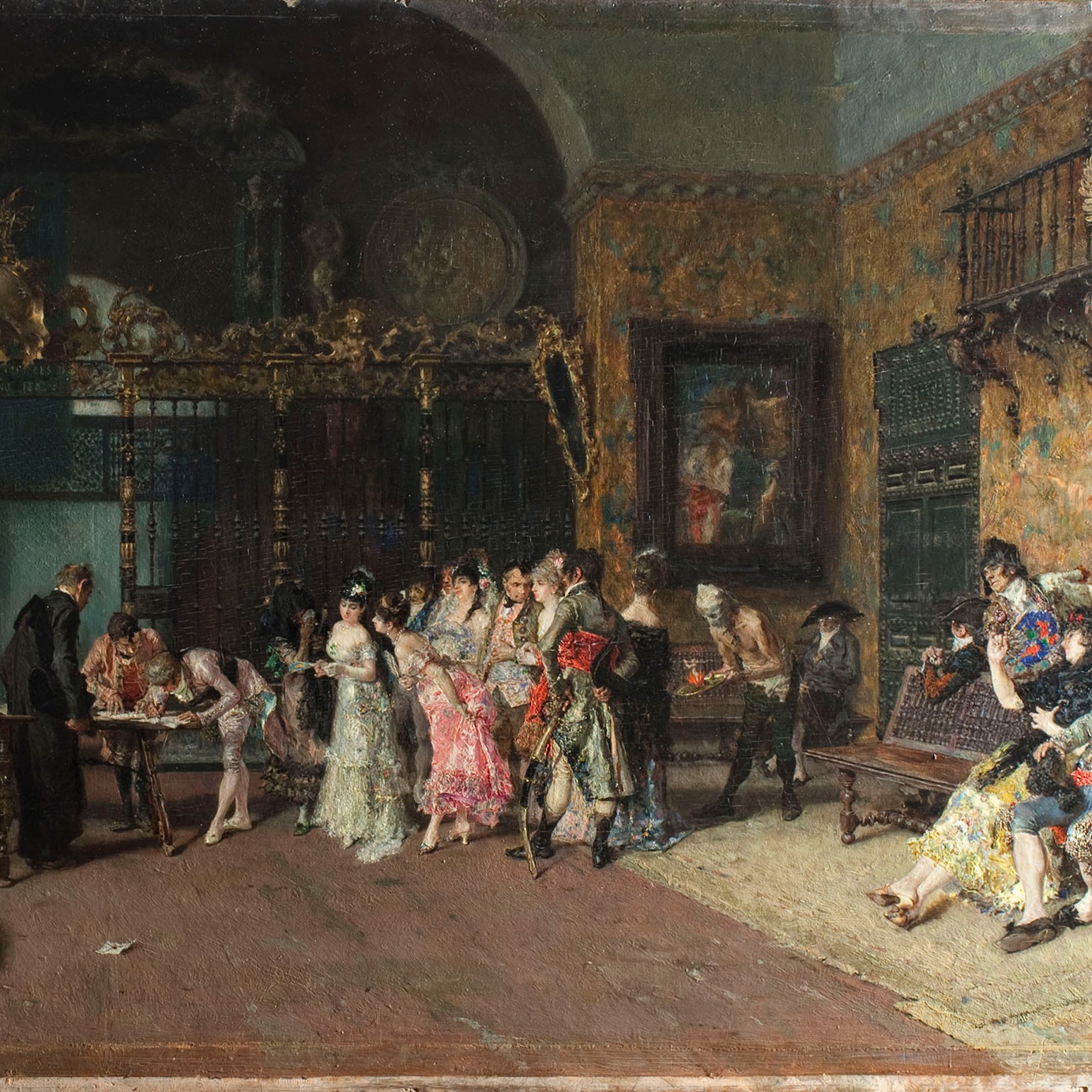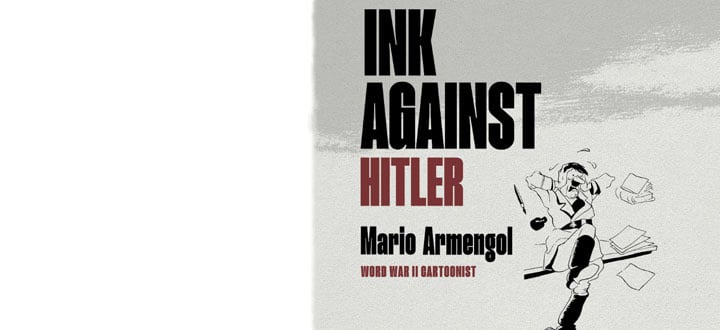Marià Fortuny. The Spanish wedding, 1870

Marià Fortuny. The Spanish wedding, 1870
Marià Fortuny was the most important Spanish artists of his époque, after Goya, and enjoyed international recognition during his lifetime. Fortuny was especially famous for his meticulous styled paintings, the so-called “pintura de casaques”– done with prodigious technical skills, those of a virtuoso, which represented themes set in the 13th century.
The scene represented in The Spanish wedding is the signing of a wedding contract, in which Fortuny incorporates elements that show his enormous culture and his fascination and admiration for Goya. The scene takes place in a fictitious space, in which it is notable the bars, the light from the ceiling, the painting, the bookshelves, the shield and the heater, a resource he would use in other compositions. In terms of the personages, it is worth highlighting the central group with the couple, accompanied by the witnesses, friends and family, dressed in the fashion of the 18th century, the elegance of whom contrasts with the group on the right, of low-village people, symbolised by a bull-fighter and a manola who, on a bench, await their turn. It is also notable the brother who begs for the souls of purgatory, the priest and a person with glasses, seated in a corner.
This version of The Spanish wedding, the second that Fortuny did, is the culmination of his artistic work and the best testimony of his virtuosity with the paintbrushes, of his interest for the past and for the rigor and scholarly capacity, all of the qualities that place Fortuny in a notable position of art of his time. The Vicarage would be highly successful in Paris, where the painter from Reus would become one of the most sought after artists by the American collectors of the time.
The Spanish Wedding, Marià Fortuny, Roma 1868-1869. París 1870









